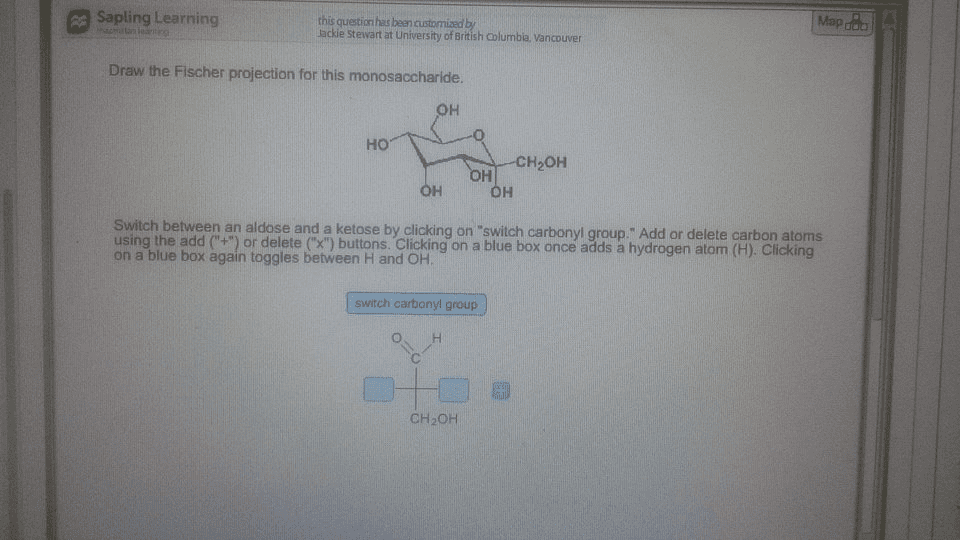WRDS 150 Lecture 1: Breaking the barriers of nostalgia
Document Summary
Historically, nostalgia has been viewed as a disease of the brain or the mind (clay. Routledge, tim wildschut, constantine sedikides, jacob juhl, 2013). To be labeled nostalgic during the 17th century to the late 20th century meant to be considered ill. Johannes hofer coined the term nostalgia in the late 17th century to describe what he believed was a neurological disorder afflicting swiss mercenaries who were fighting overseas wars. Symptoms that were evident while being nostalgic included being anorexic, irregular heartbeat and sadness. These symptoms were considered as demons inhabiting the brain. All the atmospheric pressure caused the brain to feel overburdened and in turn damaged the brain cells. Nostalgia had a negative connotation in the earlier times and was termed as a psychological disorder or labeled as a repressive compulsive disorder. Additionally, researchers were able to draw parallels between homesickness and nostalgia. But with time, homesickness and nostalgia became disassociated with each other.


